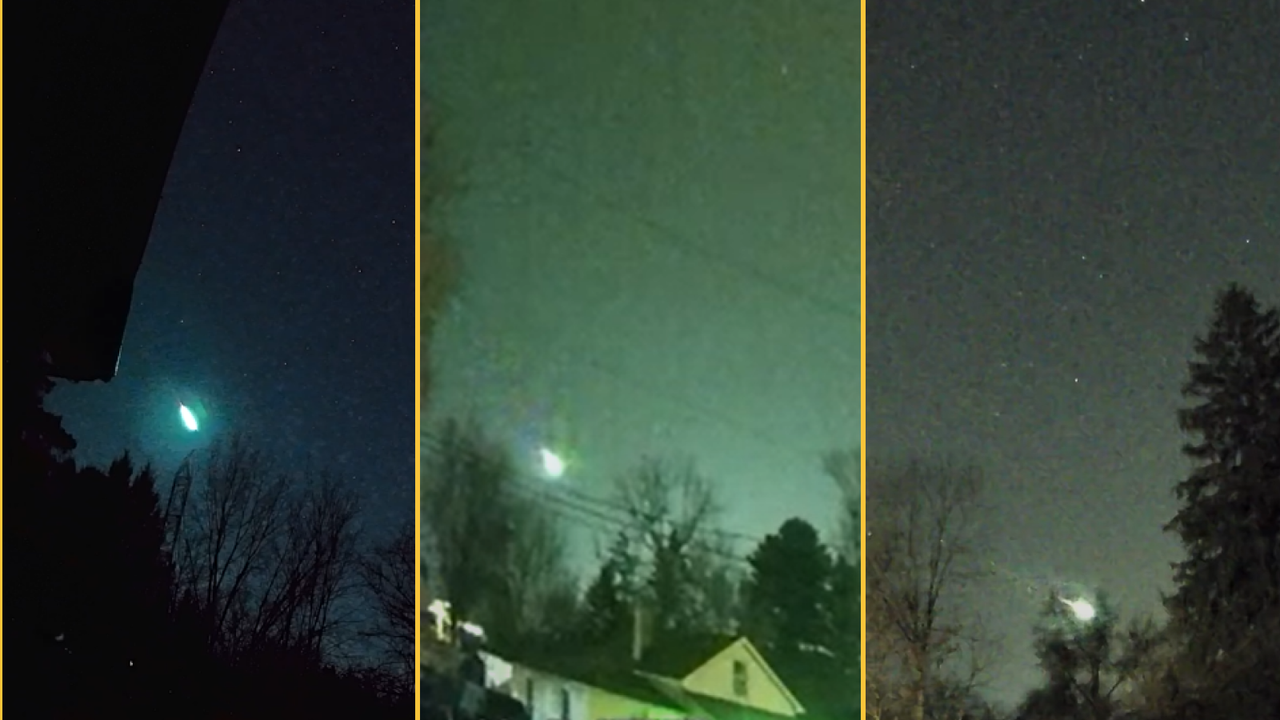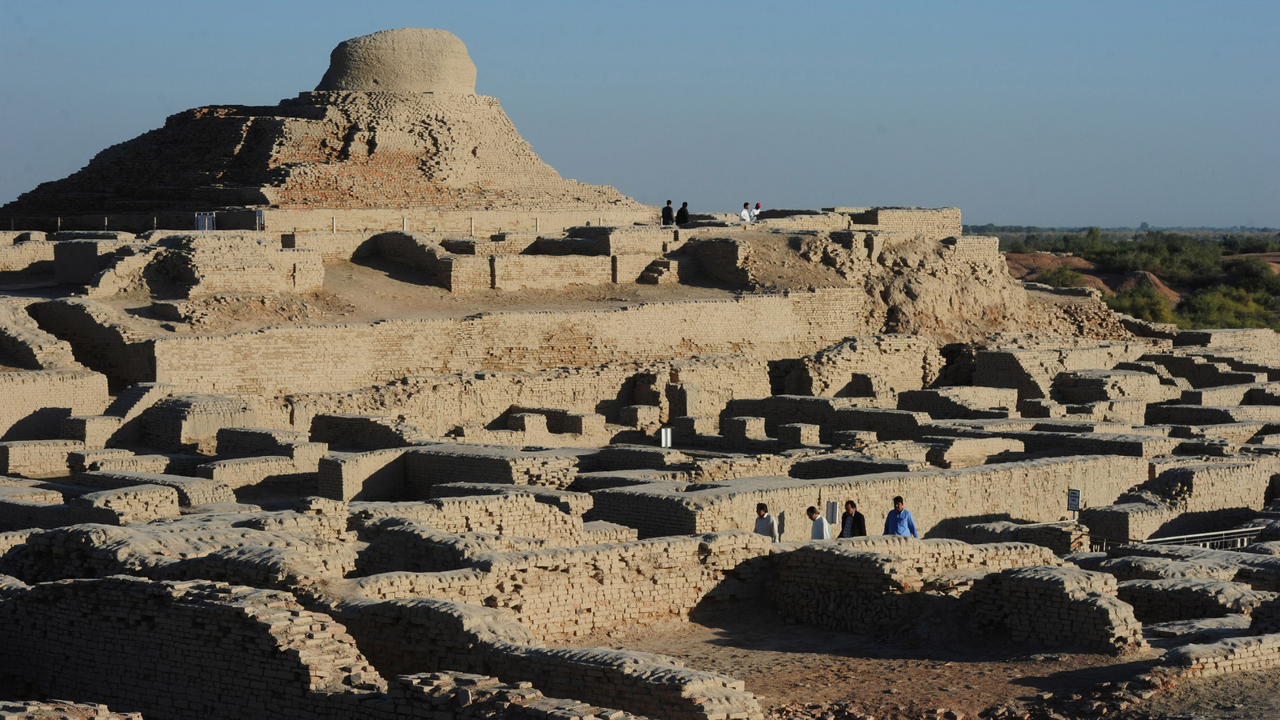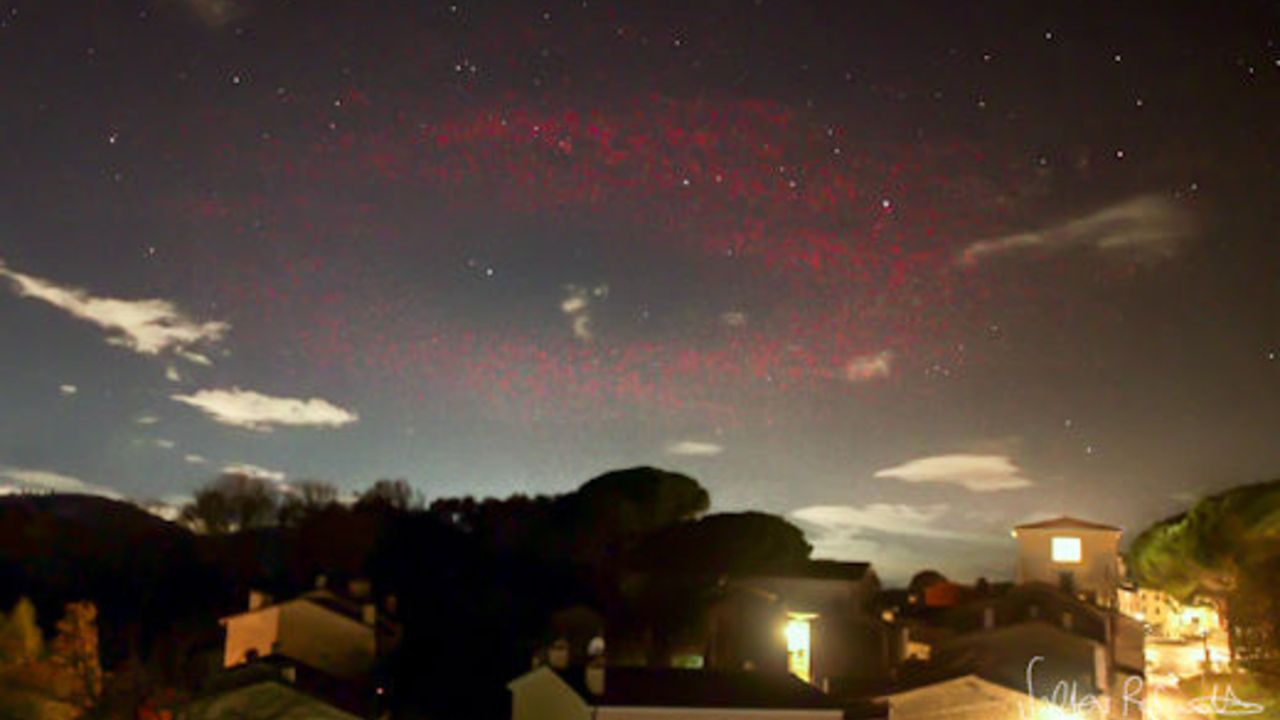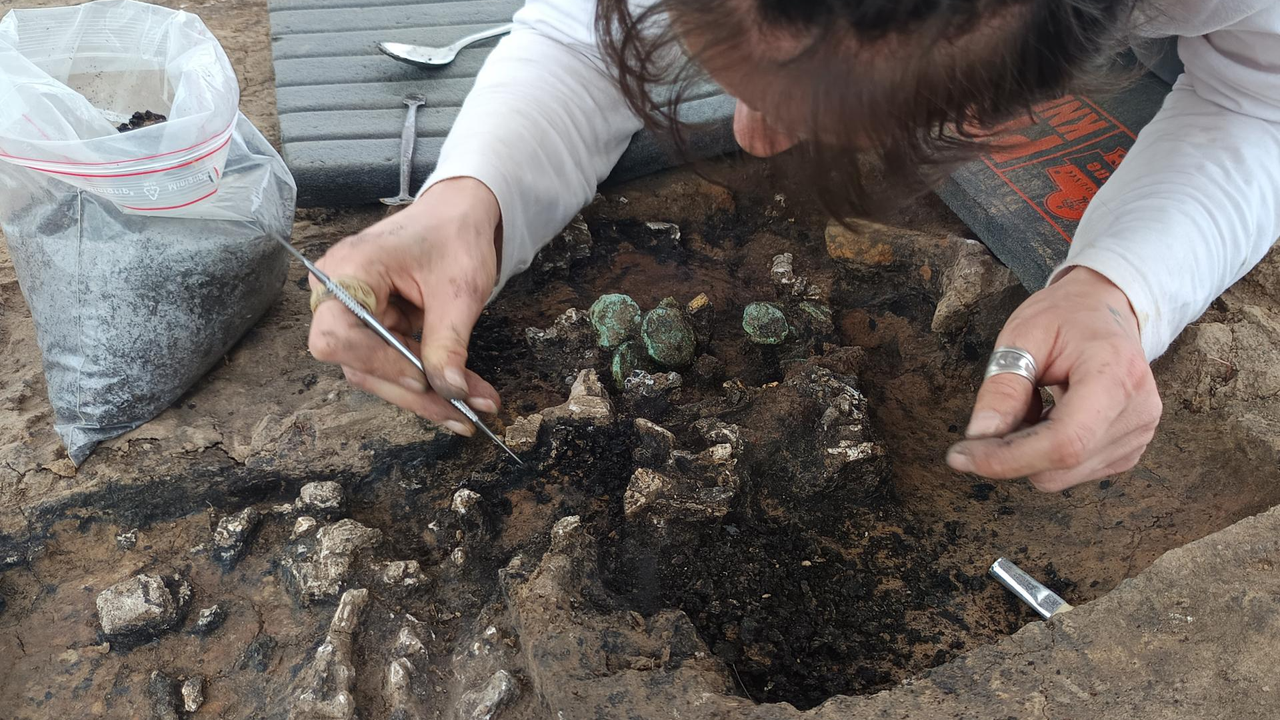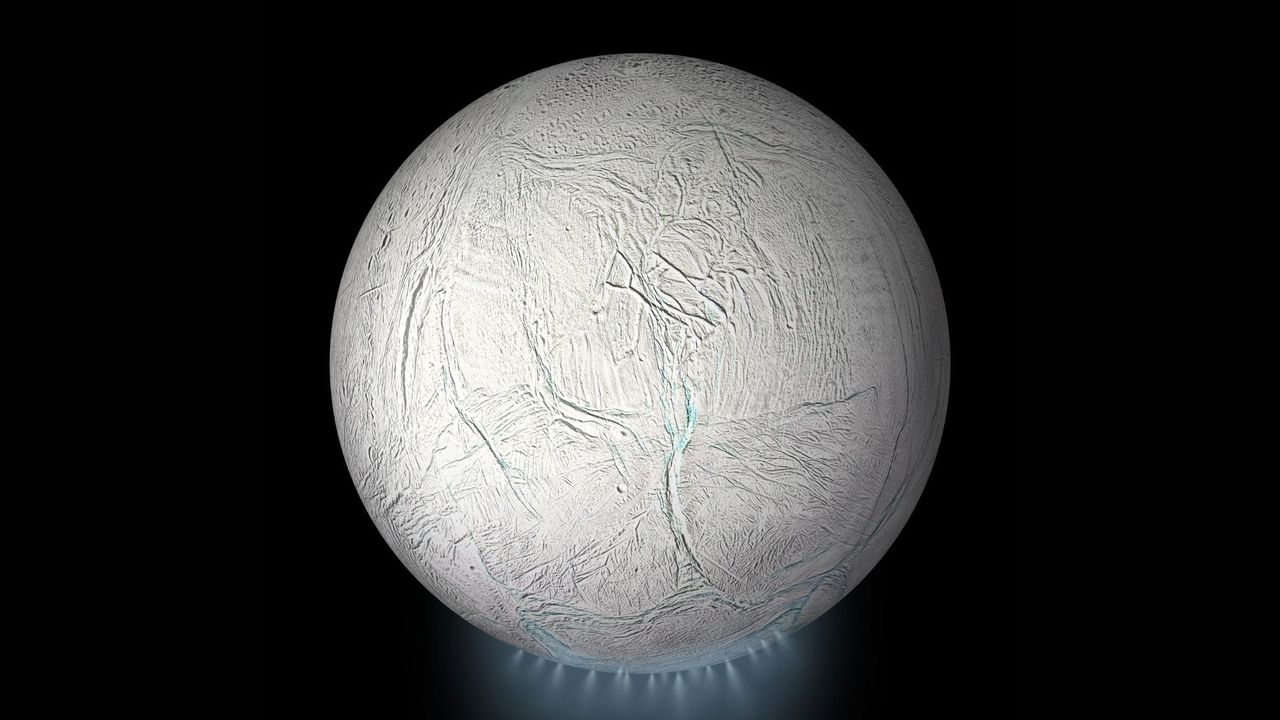How dangerous are interstellar objects like 3I/ATLAS?
NeutralScience
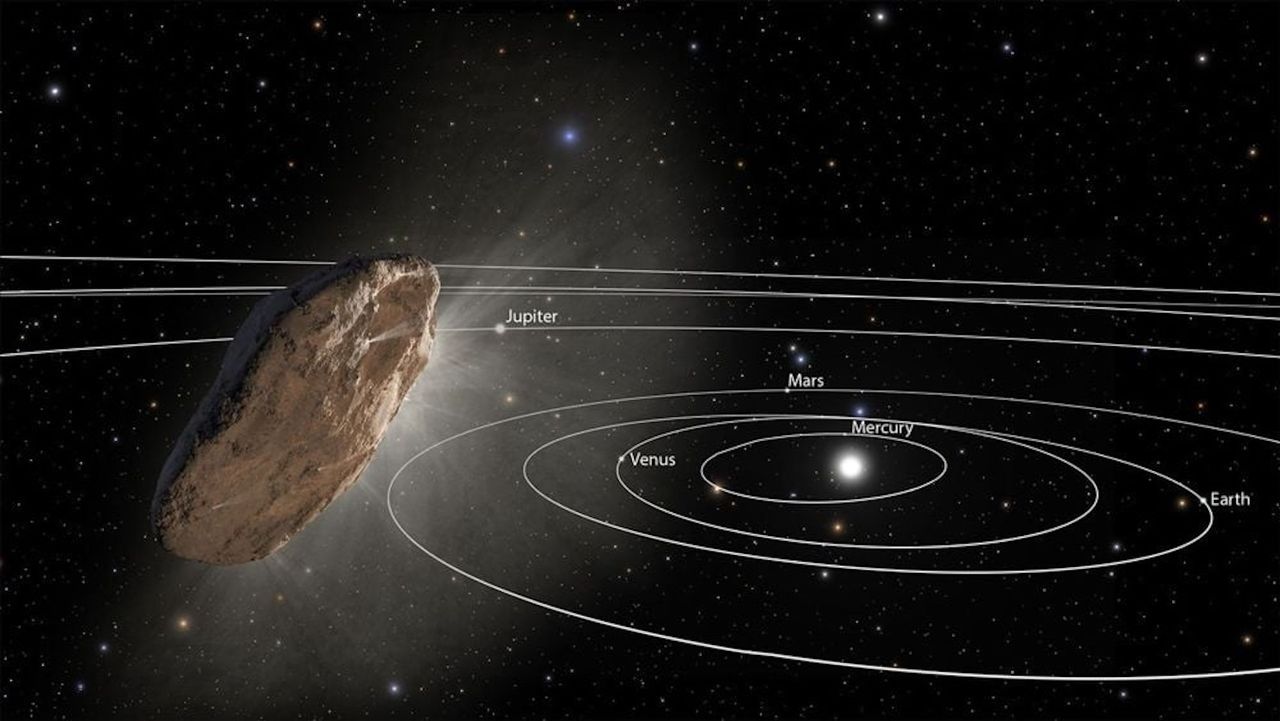
- A new study suggests that interstellar objects like 3I/ATLAS are likely to enter our solar system from two specific directions, raising questions about their potential impact on Earth. This comet, which has been closely monitored, is notable for its unique characteristics and trajectory as it approaches the sun.
- The significance of this development lies in the insights it provides into the nature of interstellar objects and their frequency within our solar system. Understanding these celestial visitors can enhance knowledge about the formation and evolution of planetary systems.
- The ongoing observation of 3I/ATLAS by various space agencies, including NASA and the European Space Agency, highlights the increasing interest in interstellar comets. These objects are not only common in the Milky Way but also serve as valuable opportunities for scientific research, potentially reshaping our understanding of the building blocks of life beyond Earth.
— via World Pulse Now AI Editorial System
